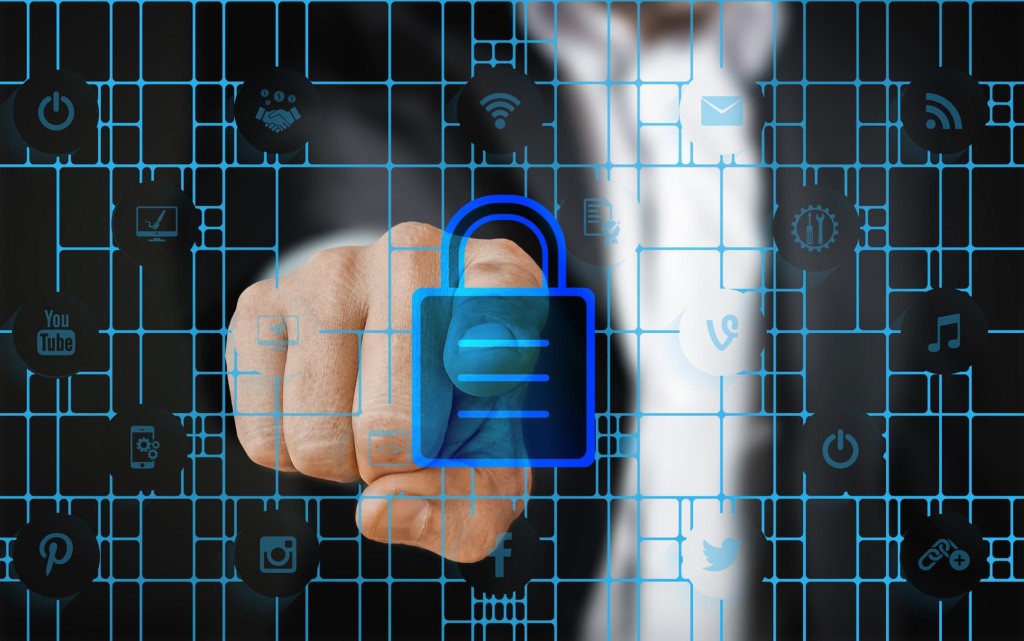For business today, technology has provided many opportunities for growth. Technology also poses a significant threat to business mainly through cybercrime. Cybercrime is an exponentially growing threat. Companies need to protect themselves.
This rapidly evolving technology allows for even more complicated cyber threats to be carried through the internet. Cybercriminals target client data as well as organizational data. This data is key to organizational growth.
Data is one of the most crucial components to today’s businesses. Securing data against compromise and loss may provide a competitive advantage to a business. Protecting this data involves employing basic security measures, for instance:
- Implementation of data use policies to safeguard storage and access to sensitive information.
- Inspection of traffic to prevent sensitive data from getting stolen from local networks.
- Doing risk assessments (worst case scenarios)
- Establishing a single point of security oversight
- Instituting authentication processes using biometrics
- Maintaining an emergency reporting system in case of a data breach
Protecting modern business against data leakages involves employees. An organization should carry out educational campaigns to enlighten its employees. Employees should be aware of the scope and variety of the risks involved.
Most common causes of data leakages
A data leakage can be caused by internal or external factors. It can also be caused either intentionally or unknowingly. A study carried out by Intel security indicated that internal causes are mainly employees. Employees of an organization account for up to 43 percent of organizational data leakage. Internal attackers are driven by various motives including employer-employee grievances, corporate spying or financial gain.
Accidental data leakages result from poor business processes. Poor business processes include failure to apply proper precautionary technology and password security procedures. Enforcement of data access and use policies can greatly reduce sensitive information leakages.
Intentional data leakage is caused either by malicious insiders or external attackers. These attacks are crafted to fool individuals to hand over valuable data unknowingly. External data theft may be caused by hackers, malware, or other malicious exploits.
An external attacker will look for a loophole to exploit. An example being misconfigured controls that provide ways to bypass a server’s authentication system.
Internal data leakage can also be caused deliberately, for instance when motivated financially. It can also be caused unknowingly, such as when employees transfer or share data without it being encrypted.
Cybercriminals are mainly motivated by financial gain. Recently, cybercriminals have extended to stealing intellectual property, industrial designs, and information affecting company acquisitions.
Cyber threats that today’s businesses face include those that affect privacy, data security, and data sovereignty.
A modern business must work to protect itself from cyber threats by ensuring cybersecurity for:
- Their client’s computers
- Communication channels
- Web servers
The growth of technology has created new loopholes for exploitation bycybercriminals. The key is keeping pace with the growing challenge. A modern business needs to understand technology growth in order to stay prepared.
Cyber threats are growing daily
The internet makes today’s businesses vulnerable as it lays the ground for exploitation. Cybercriminals can skillfully deploy and execute various complicated mimicry schemes. These schemes—for example phishing—are aimed at stealing identities of legitimate corporate brands.
Cybercriminals do this by imitating legitimate corporate brands’ logos, websites as well as mobile applications. The majority of these corporate brands’ clients are undoubtedly unaware most of the time. They go ahead and click the web link or view an email without knowing the risks involved. Modern businesses need to protect their email chain. There is also a need to have a system that detects rogue mobile applications using cybersecurity.
Most common cyber threats to modern business
Businesses today are vulnerable to extraction, duplication, and theft of sensitive data. The targets are client’s personal information, email addresses, and financial information.
To protect data, organizations need to apply secure data practices and encryption.
Organizations also need to enforce access rights to specific individuals for sensitive data. Having firewalls in place will limit access to local networks. Intrusion detection systems work to monitor network activity in case of unauthorized access.
Is your business prepared for the digital world?
Digitization has become central to the growth of many businesses today. As more and more businesses embrace digitization, cybersecurity has become a major issue. The World Economic Forum ranks increasing data breaches as one of the five most serious risks facing the world today in its Global Risks Report 2017—just behind terrorism. The World Economic Forum estimates that by 2021, the global cost of cybersecurity data leakages will amount to approximately US $6 trillion.
Yahoo in 2015 disclosed that it experienced a data loss that saw up to 3 billion of its accounts infiltrated.
Modern businesses today can protect themselves by utilizing fundamental security best practices. Best practices include:
- Proactive risk mitigation – taking stock of sensitive organizational data, knowing where the data is stored and who has access
- Protecting data through encryption, systems segregation, dual-factor authentication.
- Ensuring all software is up to date.
- Creating backups of all critical files, keeping them in a secure location and frequently updating them.
- Being able to successfully restore systems from backups quickly.
- Putting in place an emergency and incident response team.
- Instituting clear cybersecurity policies for employees that govern the use of organizational resources and facilities.
- Putting in place procedures to monitor systems usage, to identify potential external and internal threats.
- Educating all employees about malicious attackers phishing scams and how to identify and avoid them regularly.
Antimalware and antivirus programs are also crucial in helping detect malicious programs. Cybersecurity is an issue of major concern surrounding business today.
Having in place risk mitigation practices will help prevent data loss. Whether it occurs accidentally or intentionally, backup systems help safeguard sensitive business data as well as recover lost data. This may go a long way to help a business survive a cybersecurity attack, in case one happens.
- Is Your Company Prepared for a Data Breach? - April 13, 2018



